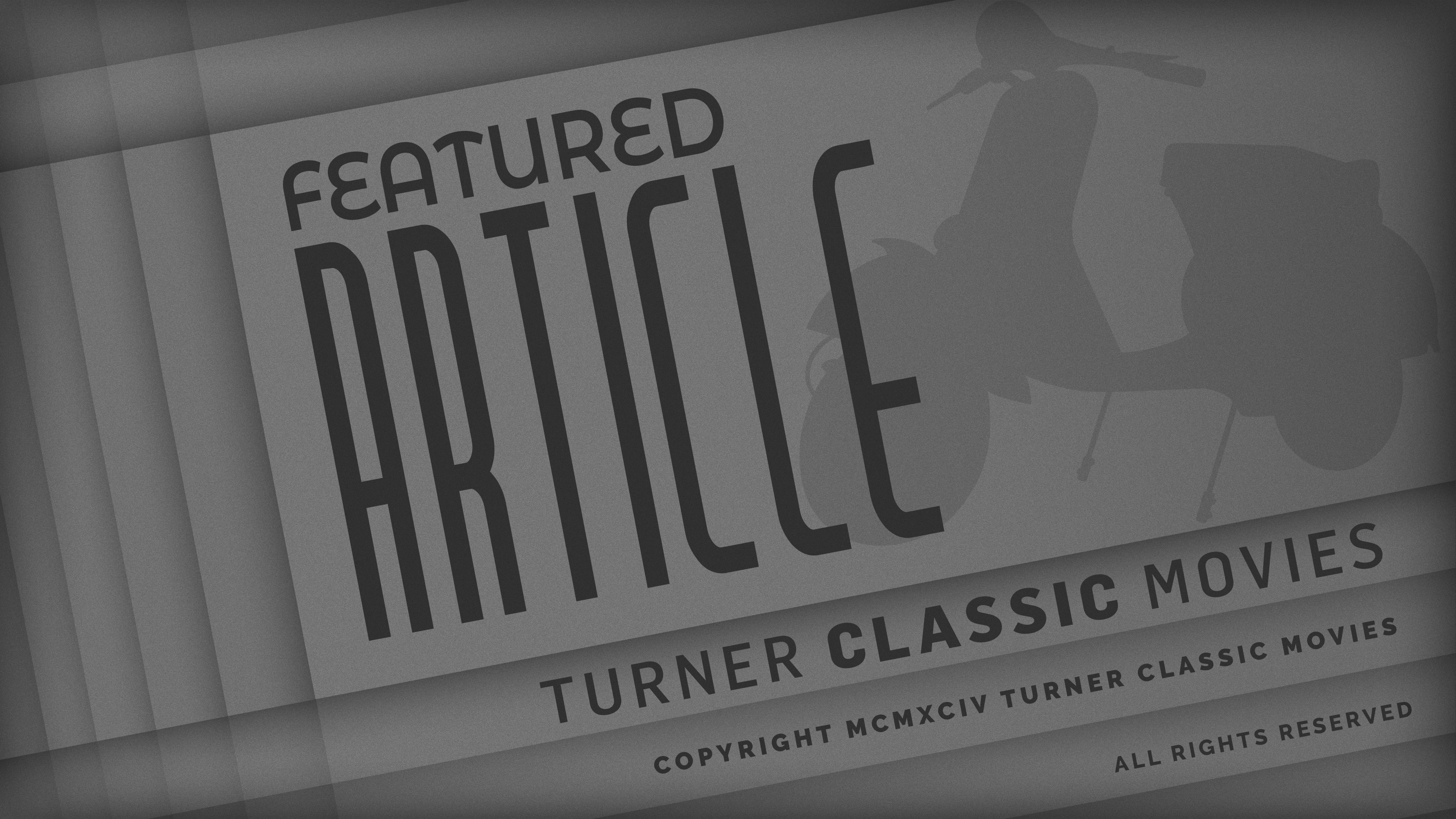A single man skis down a pristine mountain carrying a torch. This dreamlike image marks the official opening of the 1956 Winter Olympics in Cortina d’Ampezzo, Italy, as captured by director Giorgio Ferroni for this 1956 documentary. With an eclectic musical score and stunning Eastmancolor photography of the events and the surrounding countryside in the Dolomites, the film is a poetic evocation of sportsmanship in a simpler time before politics had begun to intrude upon the international sporting event.
Of course, politics had been involved in one sense. Cortina d’Ampezzo had been chosen as the site of the 1944 Winter Olympics, only for the event to be canceled during World War II. When it came time to choose a host city for the 1956 games, the picturesque town beat out Montreal, Colorado Springs and Lake Placid, marking the first time any Olympics games were held in Italy. Political interests would return when several nations boycotted the 1956 summer games in Melbourne, Australia, to protest the Soviet crackdown on Hungary’s revolution and Great Britain’s attempts to hold onto the Suez Canal.
The 1956 Winter Games were marked by several historical performances. For the first time, a single person captured all three gold medals in Alpine skiing, with Toni Sailer winning the slalom, the giant slalom and the downhill race. His margin of victory in the slalom is also the largest in Olympics history. In that event, Chiharu Igaya became the first Japanese skier to capture a medal, winning the silver. Austria swept the giant slalom, while the U.S. took all three medals in men’s figure skating. The U.S. took five of the nine medals in figure-skating overall, with Hayes Alan Jenkins capturing the gold medal in men’s singles and Tenley Albright winning the ladies’ singles.
Director Ferroni had directed short documentaries during World War II, which made him a natural choice to direct White Vertigo. The film crams 24 events into just over 90 minutes, with montages capturing the highlights of many of them. The figure skating, for example, is transformed into a series of leaps, glides and twirls, with one sequence creating the sense of a never-ending spin on the ice. For the ski jump sequence, Ferroni assembles a series of jumps that seem to be in perpetual flight. The director would go on to direct popular peplums with such stars as Steve Reeves in The Trojan Horse (1961), Gordon Scott in Conquest of Mycene (1963) and Hero of Rome (1964) and Mark Forest in The Lion of Thebes (1964).
Two notable figures in Italian cinema were present behind the scenes. Cinematographer Aldo Scavarda would later make film history as the director of Michelangelo Antonioni’s international breakthrough film L’avventura (1960). Composer Angelo Francesco Lavagnino had already worked with Orson Welles on his Othello (1951) and would reunite with him on Chimes at Midnight (1965). His work here is particularly impressive as he uses soaring strings and choral voices to capture the grandeur of the skiing scenes and cool jazz for the speed skating and some dizzying shots of the hockey competition.
The film was restored as part of a major restoration project undertaken by the International Olympic Committee. In 1996, IOC president Juan Antonio Samaranch announced a 20-year project to assemble the many films taken during the Olympics during the past century. Producer Adrian Wood led the effort to uncover 53 films held by broadcasters, film studios and archives on five continents. Researchers set out to recreate White Vertigo as it first appeared when it premiered in Italy in 1956. The result was a new 35mm print with pristine visual and sound elements. In 2019, Wood and the project were honored with the Alan Stark Award from The Association of Moving Image Archivists.
Producers: Franco Galliano
Director: Giorgio Ferroni
Screenplay: Ferroni, Giorgio Stegani
Narration: Natale Bertocco
Cinematography: Aldo Scavarda
Score: Angelo Francesco Lavagnino
Cast: Toni Sailer, Medelaine Berthod, Sophia Loren, Sigvard Ericsson, Sixten Jernberg, Ossi Reichert, Vladimir Kuzin, Hayes Jenkins, Emma Albright, Antti Hyvarinen (Themselves)















